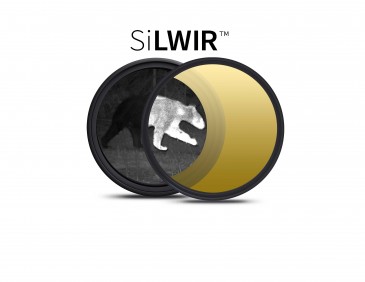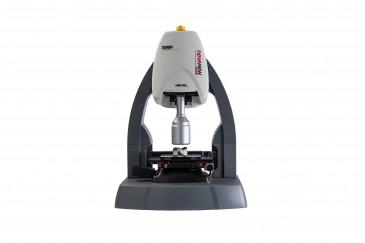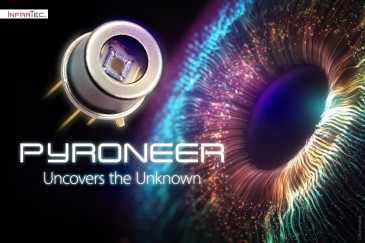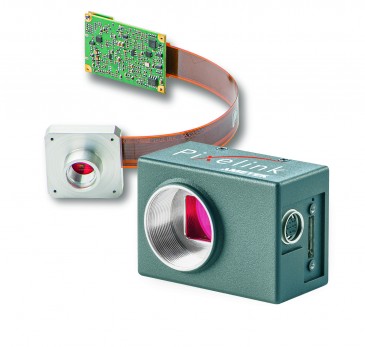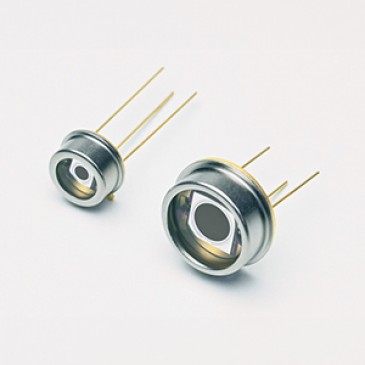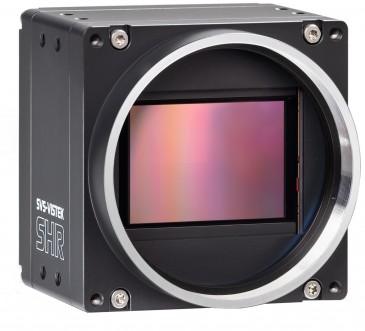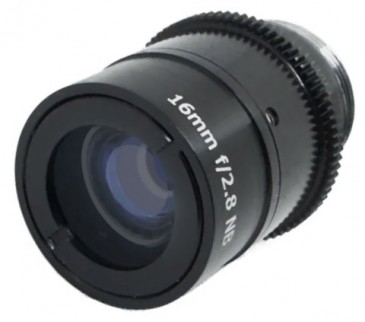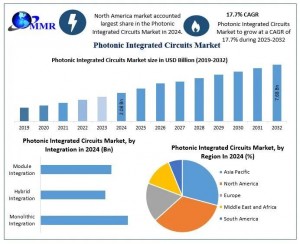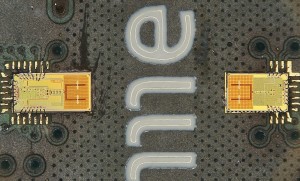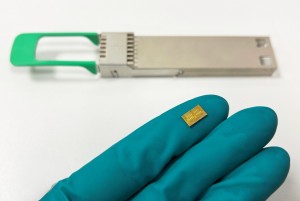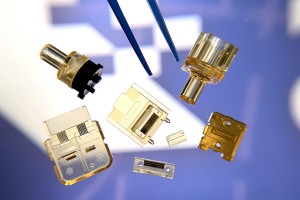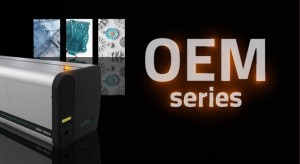
Researchers from Duke University, Durham, North Carolina (US), have created silver nanocubes with the ability to absorb a remarkable amount of light. The new metamaterial could lead to more efficient and cost-effective large-area absorbers for sensor applications or energy-harvesting devices.
Part of a more extensive research line involving metal-based optical devices, Duke’s nanocubes project in particular aims at providing a cheap, efficient and tunable way to absorb light. “This kind of capability is essential for a variety of applications, ranging from thermo-photovoltaic and photovoltaic devices, to producing detector elements for imaging applications,” says Cristian Ciracì, research scientist at Duke’s Pratt School of Engineering.
The headlining silver nanocubes, coupled to a gold film through an ultrathin insulating layer, in fact are only one of three parts essential to the functional system — the metal film, the dielectric spacer and the cubes. Though metals are reflective, the nanocubes react as tiny antennas that can cancel out the reflectance of the metal surface. What is more, by combining different components of the metamaterial elements together into a single composite, more complicated reflectance spectra could be engineered, achieving a superlative level of control. Ciracì says, “We obtained that ~17% coverage of these ~75 nm nanocubes enables greater than ~95% absorption.” While similar works may have shown better results, he argues that the focus of his team’s work is the cost-effective and large-area applicability of the technology. “In theory, however, we should be able to sensibly decrease the percentage of coverage needed, to 3–4% of the entire surface, by making a more uniform population of nanocubes.”
Typically, metamaterials are manufactured using lithography, which is expensive and time-consuming and, thus, does not scale well. Duke’s metal film, however, can be fabricated using extraordinarily simple techniques, namely electron-beam evaporation. “The spacing layer is created using a layer-by-layer deposition of polyelectrolyte molecules; the cubes are produced by a self-assembly colloidal approach,” Ciracì explains. The result is a solution containing millions of silver nanocubes. And because the size of the nanocubes and the thickness of the dielectric spacing layer can be controlled, it is possible to control optical properties of the entire surface at scales out of reach of lithography. At the same time, producing a mono-disperse population of nanocubes proved to be a major challenge in the research project. “This complication arises from the fact that the cubes are the result of a self-assembling process, and, hence, size dispersion is an intrinsic issue present in any colloidal system,” Ciracì elaborates, adding that applying different filtering techniques could improve the population characteristics.
Pending a few more tweaks, Ciracì is confident the invention could find a commercial application in less than five years. “The next steps for us would be to better understand the nonlocal effect in other plasmonic systems, like the plasmonic waveguide cavity, and to collaborate with experts in other fields such as biology, nonlinear optical physics and engineering to develop applications that would leverage the atomic scale sensitivity of the optical signal,” he says. The results of Duke’s nanocubes project are detailed in the paper “Controlled-reflectance surfaces with film-coupled colloidal nanoantennas,” published in the journal Nature.





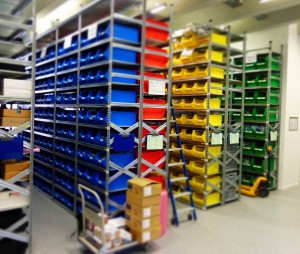




















 Back to Features
Back to Features